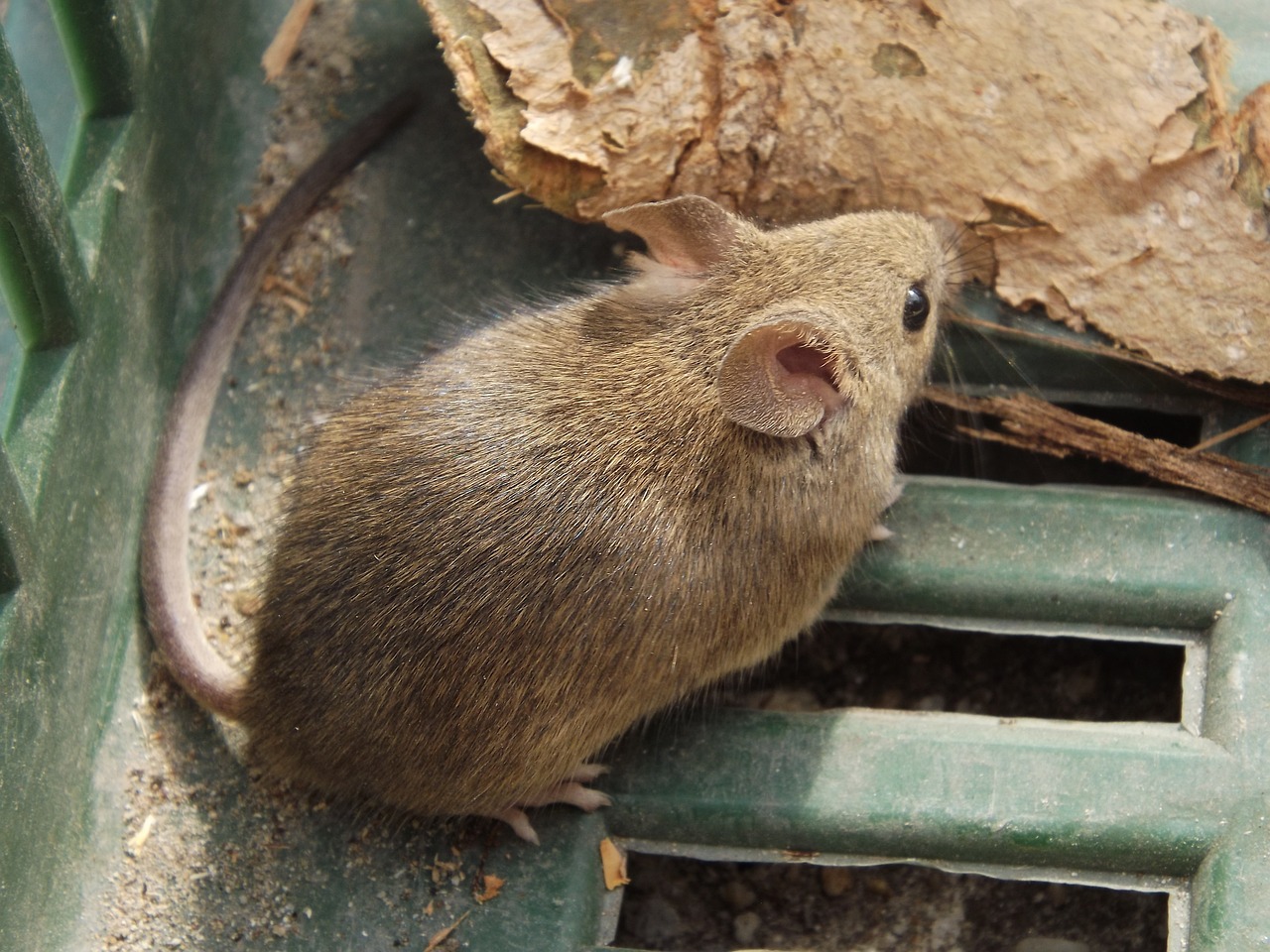
Keep Mice Out of Your House This Winter
Posted by Grange Co-op on 27th Dec 2022
The Health Hazards of a Mouse
Maybe you are one of the many people who think that mice are cute little animals that can’t do any real harm. If you shriek at the thought of catching one of these tiny creatures in a mouse trap, just read on. They have some character traits that will make you want to keep them out of your home.
Mice cause disease to you, your family, and your pets through the parasites they carry, bites, and through their urine and feces. White bites from mice are rare, they do use their urine and droppings to mark territory. Considering their penchant for hanging out in the kitchen and pantry, that puts you at a greater risk for health problems, including:
Ringworm – A fungal infection of the skin
Salmonellosis – Mice and other rodents carry Salmonella in their intestines and shed it in their feces. When food gets contaminated from their droppings, it can cause Salmonellosis, a type of food poisoning.
Leptospirosis – Leptospira bacteria affects both animals and humans through direct or indirect contact. Severe cases in dogs can lead to kidney failure, inflammation of the eyes, breathing difficulties, and more. In people, it causes flu-like symptoms.
Lymphocytic Choriomeningitis (LCMV) – A virus spread by house mice that is most commonly known for causing serious neurological disease.
In addition to the health risk, mice also cause damage to homes. They chew wires and insulation, causing short circuits, fires, and breakdowns of your appliances. Nesting in the insulation inside walls and attics also leads to damage to the structures throughout your house.

Keeping Mice Out of Your House
Mice can be challenging to get rid of once they get inside. They often live inside walls, crawl spaces, and other secluded areas where they are out of sight. The best approach is to make sure they never get into your home in the first place. You will need to take a multi-faceted approach to cover all potential points of entry.
- Walk around the outside of your home and look closely at the foundation and mid-structure for areas where mice can enter. Keep in mind that it only takes a hole the same diameter as a pencil for a mouse to get through. Look for gaps, cracks, and crevices that you need to fill. Take a caulk gun or sealant on the inspection and fill open spaces as soon as you spot them.
- Clean up anything the mice might want to eat outdoors. That includes trash cans, bird seed for the feeders, and pet food. Seal anything that must stay outside in a secure container. If the mice find a food source near shelter, they are going to want to move into your home for the winter.
- Keep your kitchen clean. Don’t wait to clean off the dinner table or let those potato chip crumbs wait for another day. Clean up every spec of food that gets spilt after every meal or snack. Clean the kitchen counters daily and mop or vacuum floors.
- Clean out any corners or cubby holes around your home. Any place where there is clutter will suffice for a mouse’s living space. Be especially mindful of areas with laundry or paper, such as magazines.
- Set out the best mouse trap and sticky pads that you can find. If you're lucky, you will catch mice while they are making their way inside and not after they’ve already done damage.
Once They Get Inside
For years, there has been a quest to build a better mouse trap. To many people, the best mouse trap is still the original. Others look to those with improvements like easier loading and no-touch designs. There are even mouse traps that you can use without ever seeing or touching a dead mouse. A mouse trap offers a humane solution to getting rid of mice, but it isn’t your only option. Some other ways to get mice on the move include:
Bait Stations – A bait station serves as a dine-in restaurant for mice. It comes already loaded with poison inside. If you have children or pets in your home, opt for a bait trap that is child- and pet-resistant. Simply place the base station in an area with mouse activity and remove it once the bait is depleted.
Rat Zapper – Get rid of mice by delivering a high-voltage shock that kills them humanely. Use a high-protein bait in the bait cup and place the zapper in an area with high rodent activity. Insert batteries, bait, and turn it on. The trap uses 4 AA batteries which are good for killing up to 20 rats.
Glue Traps – These traps are long-lasting, non-toxic, and effective in areas that are damp or humid. They aren’t dangerous in homes with pets or children. Plus, they are ready to use out of the package. Place along walls and baseboards out of your walkway.
Poison Bars – Mice nibble on these bars, which contain seeds and grains to make them more palatable. These are more dangerous in homes with pets, as they might eat the poison. Bait stations are safer since the mice eat the bait in the station rather than carrying it back to the nest.
Using mouse traps and other rodent control products allows you control over the safety of your home. Use one or several methods to get rid of mice in your home and help keep your entire household safe and healthy.
Shop Grange Co-op for Rodent Prevention
Grange Co-op has a wide variety of mouse traps, glue traps, and other rodent prevention tools. Reach out to a Grange Pest Prevention Expert using our online contact form or visit us today at a nearby location. Protect your home from mice all winter long!
